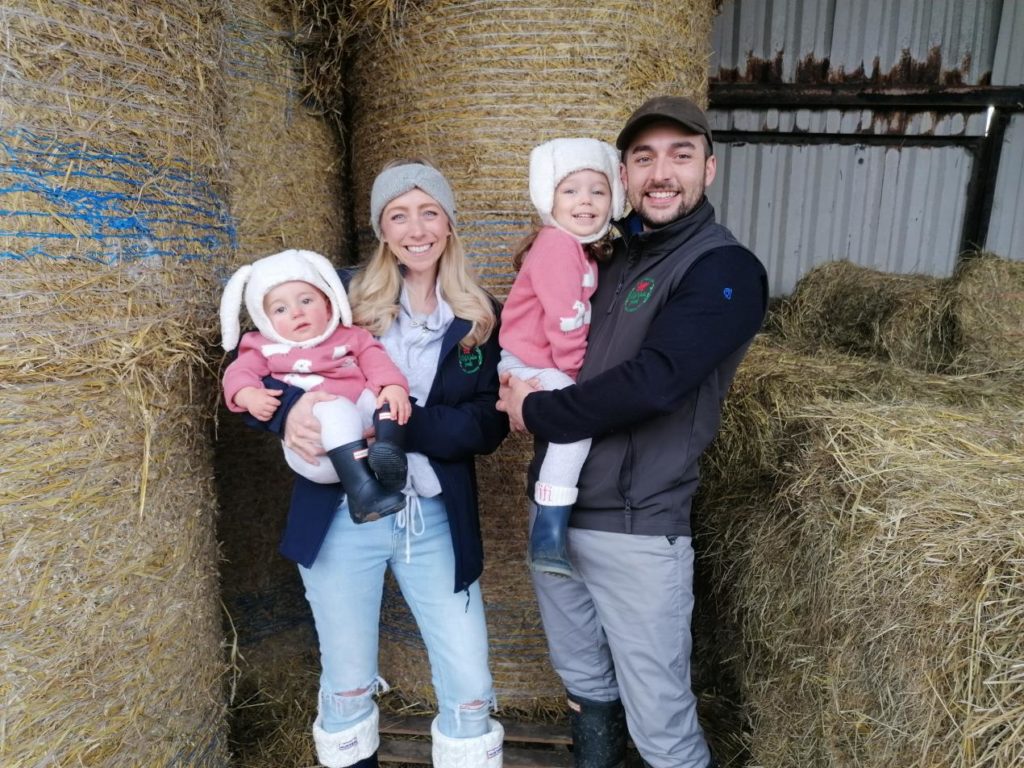Early crop trials are underway in the Vale of Glamorgan ahead of a major UK-wide trial of Sunergy, a low maintenance crop that promises to absorb carbon, provide green energy and boost wildlife populations. Further uses, from human food to cosmetics and packaging, are also being explored.
If the trials at Model Farm, near Barry, go well, Sunergy could replace maize as a rotation crop and solve many problems associated with crop rotation, from the use of pesticides to soil erosion.
Looking towards a future where carbon credits will be traded and farms will be paid by companies to offset their carbon emissions, the potential use of Sunergy for carbon sequestration is especially promising. Sunergy’s complex root structure acts as a carbon sink, while improving soil health, and is also an excellent nectar source for pollinators.
A low maintenance crop that is sown once then harvested for 10-15 years, Sunergy is suited to wide range of growing sites, and being a perennial plant, its roots continue to grow year on year and the soil remains undisturbed. This allows networks of beneficial microbes to flourish, further increasing the amount of sequestered carbon.
The Sunergy root system also loosens the soil and supplies it with oxygen, causing it to absorb more water and reducing the risk of erosion. In addition, the soil is covered and protected all year round, and Sunergy provides an ideal habitat for insects and birds. It also requires very little fertiliser and agricultural chemicals, making it cost effective and good for the environment.
Sunergy’s Latin name is Silphium perfoliatum. Also known as compass or cup plant, it is a member of the Asteraceae family. Once established, it is resilient, reliable, and unaffected by major pests or diseases. It can be used as a feed for grazing animals and as an anaerobic digestion (AD) fuel: maize is commonly used for this purpose, but Sunergy is cheaper to produce, so it is more cost effective over a ten-year period.
Sunergy is also a more consistent crop than maize so budgeting for production is easier, doing away with concerns about over and under production of feed stocks, meaning less land rents or outsourcing of production.
Sunergy’s wider uses are still being explored. Work is underway to develop use of its fibres in packaging and to use its proteins in products such as cosmetics. Sunergy is also suitable for use in vegan friendly foods.

Farmer Rhys Jenkins, who runs Model Farm at Fonmon near Barry in The Vale of Glamorgan, is leading one the first trials of Sunergy; further trials are running in Kent and North Lincolnshire.
“Sunergy is a very low input, high output crop,” says Rhys. “It’s reliable, resilient and grows well in a wide range of sites. As well as being good for the environment and wildlife, it can be used as animal feed and as silage for anaerobic digesters. We’re also very excited about its potential uses for carbon sequestration.
“I’m committed to farming methods that benefit wildlife and the environment, and the advantages offered by Sunergy are vast,” he adds. “As a crop that couples so many environmental gains with cost savings and the potential to create further lucrative income streams, Sunergy really is the Holy Grail of modern farming. I’m looking forward to developing our use of it over the coming year.”
